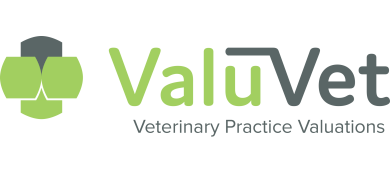Beginning of Financial Year
The end/beginning of the financial year is an important time for most veterinary practices – it is often a quiet time in the clinic, but a busy time in the office and for management. A bit of a checklist could include:
- Creating a budget for FY2022 – there is a lot of talk about creating ‘budgets’, but what does this really mean in the context of a veterinary practice? Simply creating a spreadsheet, dragging across the previous years’ values and increasing them by CPI is what most people do, but this exercise has little value. A better approach is to speak to an accountant who is familiar with the veterinary industry and create a budget that identifies where your practice is wasting money vs industry averages, and then gradually try to bring your practice in line with those KPIs if your performance is sub-standard. Also, veterinary practices are very seasonal in terms of how busy they are, so it makes more sense to work out budgets on a quarterly basis (3 months, rather than a whole year).
But better still, if doing all that number crunching is not for you, we are more than happy to refer you to a proactive accountant who should be more than happy to offer you a service to do all this and meet with you every 3 months.
- Stocktake – any business, regardless of whether they rely on their practice management software for stock, should be doing a physical stocktake at least once a year. You cannot rely completely on a computerised stocktake, because very often wastage and missed billing means that items on the computer system are missed – and these values add up significantly year after year. That is why even the largest and most computerised organisations in the world still rely on the occasional manual stocktake. It is important that you record the value of this stocktake and tell your accountant before they complete your financials for tax purposes, as this will have an impact on your tax.
- Analysis of Key Performance Indicators (KPIs) for the past 12 months and goal-setting for the next 12 months – this fits in nicely with your budget planning mentioned above. For example, you may find that at the end of the year that your ‘cost of goods sold’ (all the drugs you purchase, external lab fees and cremations) is 26% of your sales, when the national average is 24%. If your practice sales are $1,000,000, then this means that your cost of goods sold was $20,000 too high – a nice place to start giving you a concrete and realistic target to aim for.
Other KPIs you should be looking at involve not your financial statements, but rather the items and services you sell, in particular, the volume of those critical client-facing events that happen in your practice – consultations, repeat consultations and vaccinations. Is your practice, based on its size, performing enough of these? Once again, comparing to national averages will identify areas where your business could be losing tens of thousands of dollars. A good example would be a practice that has $1,000,000 in sales should be performing about 1000 primary consultations a year. If this number is low, then it’s time to investigate where the ball is being dropped; it could be poor reception quality, or poor availability of appointments.
Once again, if spending hours comparing your practice to regional averages is not your thing, then there is some great veterinary specific benchmarking software available that will do it all for you (www.profitdiagnostix.com).
- 6-month staff interviews – at a bare minimum, you should be discussing career progression and performance with your team at least twice a year, and ideally a lot more than that. Critical to having these discussions is knowing how they have performed over the last 6 months, in terms of tangible numbers (such as the revenue they have generated for the practice), but also the intangibles (are they easy to work with, how good are they at taking on feedback). Although, on the surface, this may seem a bit confronting, we so often see newer graduates left without mentorship/feedback and therefore in a position where they never acquire the skills that are needed for a sustainable, happy and well-paid career in private practice. On the other hand, we also see a few well-mentored newer graduates who significantly outperform well-seasoned vets and manage to earn high salaries – so, as a manager, one could argue that it is your obligation to make sure systems are in place to give your younger team members the support and constructive feedback that will allow them to become great at what they do.
